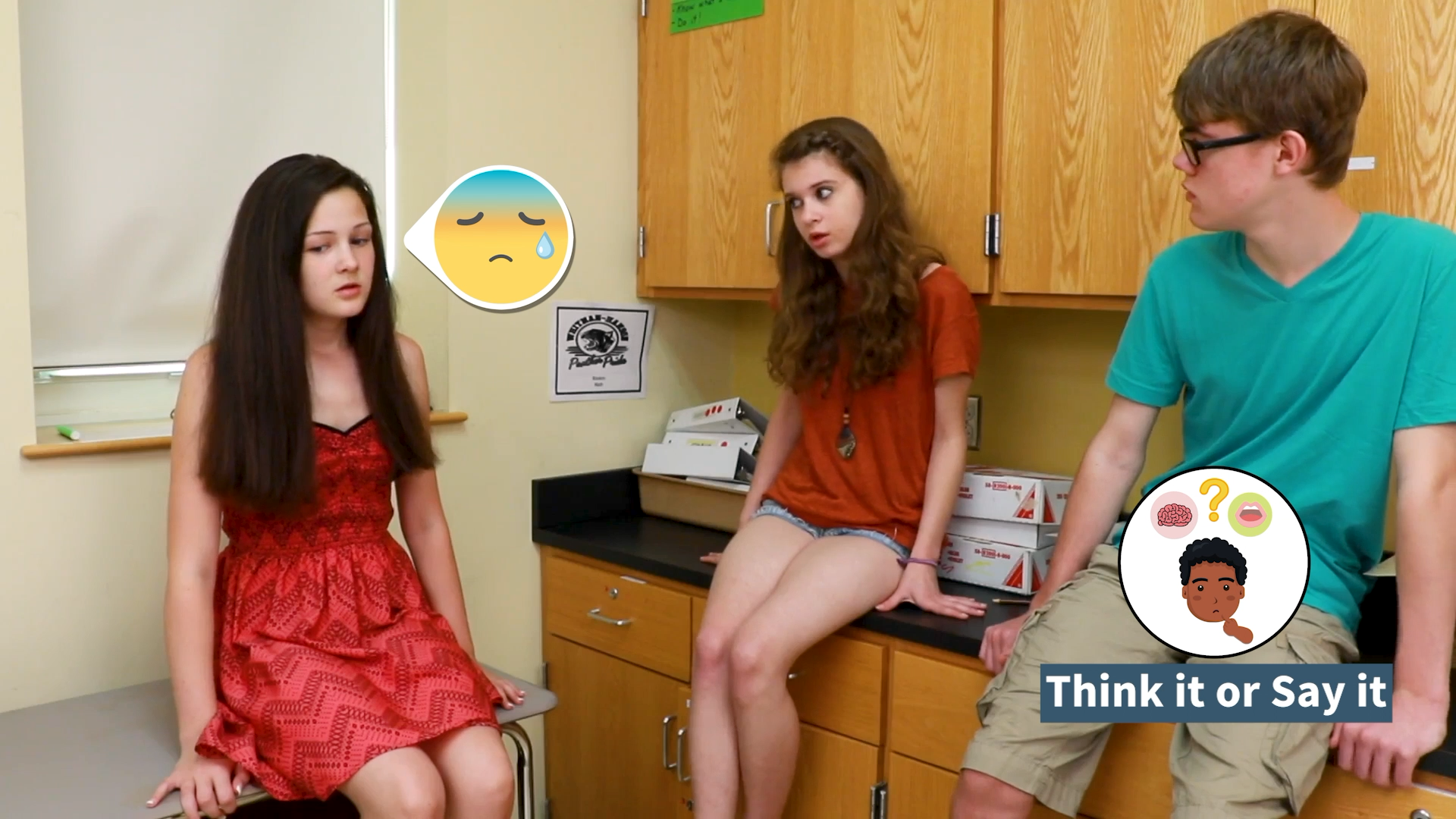
In today’s world, it’s essential for high school students to learn the importance of being considerate and mindful of their words. The Think It or Say It skill is a valuable tool for young adults as they navigate social situations and develop meaningful relationships. In this blog post, we will discuss the Think It or Say It skill and how it can be effectively taught to high school students using an easy, no-prep activity. We will also provide discussion questions and mention related skills for students to explore.
Introduction
The Think It or Say It skill helps students understand the impact of their words on others. It encourages them to pause and consider whether a thought is kind and helpful, or hurtful and unhelpful before sharing it. By practicing this skill, students can avoid making hurtful comments and contribute positively to social interactions. Ultimately, this skill fosters empathy, self-awareness, and effective communication, which are essential components of Social-Emotional Learning.
No-Prep Activity
The following activity requires no preparation or materials and can be easily implemented in a classroom setting:
- Ask students to form pairs or small groups.
- Provide each group with a hypothetical situation or topic of conversation. For example, discussing a new student’s outfit or commenting on a classmate’s presentation.
- Encourage students to brainstorm potential thoughts and comments related to the situation. They should identify which comments are kind and helpful (Say It) and which are hurtful and unhelpful (Think It).
- Ask each group to share their thoughts and discuss why certain comments were classified as Think It or Say It.
- Conclude the activity by reinforcing the importance of pausing to consider the impact of our words on others and how using the Think It or Say It skill can contribute to positive social interactions.
Discussion Questions
To further engage students in understanding and practicing the Think It or Say It skill, consider discussing the following questions:
- Why is it important to think before we speak? How can our words impact others?
- Can you think of a time when someone’s words hurt your feelings? How did it make you feel, and how could the situation have been improved with the Think It or Say It skill?
- How can practicing the Think It or Say It skill contribute to building stronger relationships and a more positive school environment?
- What challenges might you face when trying to implement the Think It or Say It skill in your daily life? How can you overcome these challenges?
Related Skills
The Think It or Say It skill is closely related to other essential Social-Emotional Learning skills, such as:
- Empathy: Understanding and sharing the feelings of others.
- Active listening: Giving full attention to the speaker and providing appropriate feedback.
- Conflict resolution: Addressing disagreements and finding solutions that benefit all parties involved.
- Self-awareness: Recognizing one’s emotions, thoughts, and values, and understanding their impact on behavior.
Next Steps
Incorporating the Think It or Say It skill into the classroom can lead to a more positive learning environment and help students develop crucial social skills. To explore more resources and access free samples of the Think It or Say It skill and other related skills, sign up at Everyday Speech.

